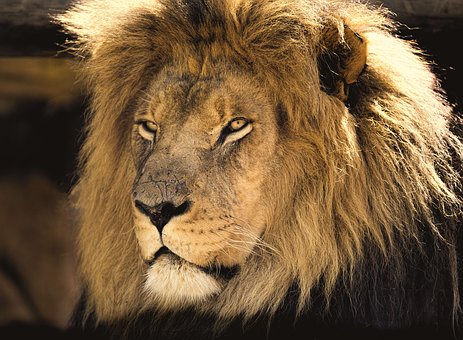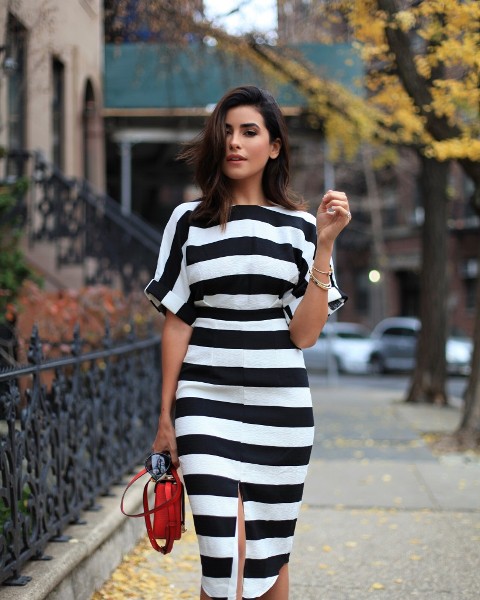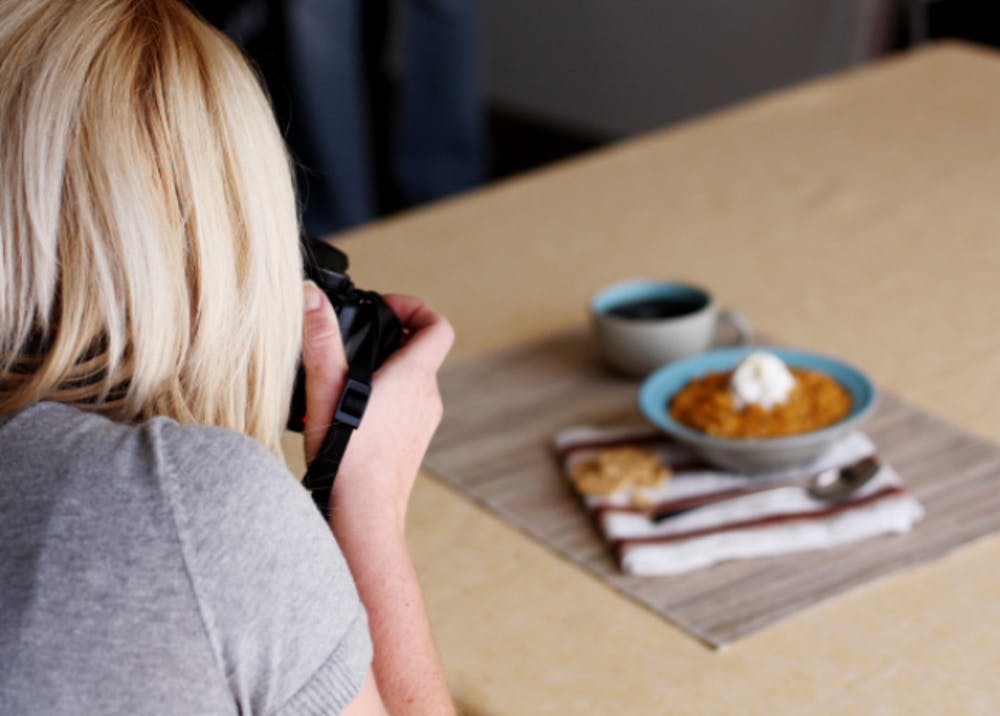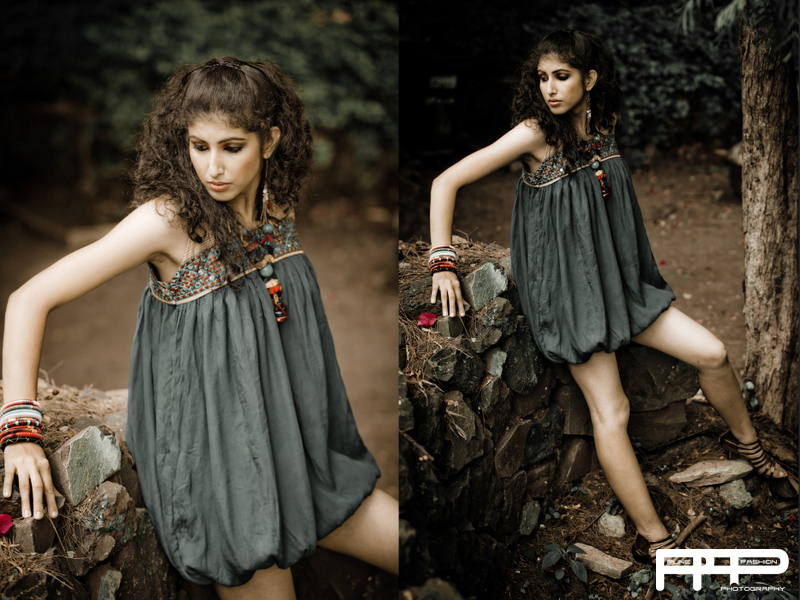Wildlife photography is hardly a new field in today’s world. It has become merely easier over time with the increasing technology and advancement in DSLRs. It has become a popular field for hobbyists and professional photographers alike. This is especially prominent in countries like South Africa which have a diversity of wildlife and have made good use of this to their advantage.
Below, we list some of the best tips to put to use for improving your wildlife photography.

- Familiarize yourself with your gear: A photographer needs to know the nuances of the gear they are choosing to use. This is even more important when you get into wildlife photography because there are a lot of opportunities which you may miss out on if you don’t know how to handle your camera or tripod correctly. Have full knowledge about shutter speeds, the different lenses, and cameras that you have at your disposal, and know how to switch focus or different modes quickly. Understand the basics of aperture, ISO and different exposure and how they may affect your photographs. Since you will be shooting primarily outside and may have very different lighting conditions, remember to understand the adjustments for these properly.
- Understand the subject: The subject in these cases will be the animals that you are attempting to shoot. Even if you are not accompanied by a guide or someone who knows them well, do your research beforehand so that you will know what to expect and the various types of photographs you can attempt. There is no better way to understand wildlife than to spend time amongst the animals, so make sure you keep the passion alive and attempt photography regularly.
- Understand the light: For obvious reasons, a lot of wildlife photography is dependent on the type of light you work with. Since you cannot control the light, it becomes your job to understand how to manipulate it and work it. There are different types of photographs which can be achieved in the same spot throughout a day. Moreover, there is also night-life photography which requires an entirely different but equally in-depth knowledge of light and how to work with it.
- Shoot more: In the case of wildlife, you can never go wrong with the number of pictures you click. Since a lot of the photos will be captured at a fast shutter speed and involve capturing motion, it is a good idea to capture them in quick succession and then delete or review later. Even, if you face a fairly stationery subject, click with different settings and experiment until you manage the perfect shot.
- Patience: Patience is always a virtue, but it is especially so in the case of wildlife photography because it involves so much waiting around and sitting in silence until your subject decides to grace you with a few minutes. It is easy to get disappointed or bored very fast, but you will have to power through this so that you can get your perfect shots. When you’re practicing, try doing so on animals that are around you so that you get the hang of waiting for perfect moments to capture. If you familiarize yourself enough with the way that animals and birds tend to function, you will get better at estimating when and how to shoot them. The greatest mistake that you can make as a wildlife photographer is not pushing yourself to get the level of expertise that is required.

We hope that this has helped further your understanding of this field and the things that you can do to improve your photography. Good photography does not happen overnight; it takes patience and perseverance at an incredible level. Remember that you must keep continually learning and always experimenting so that you improve and have fun at the same time. Don’t lose sight of your initial aim which is usually to have fun in the process. Happy shooting!


